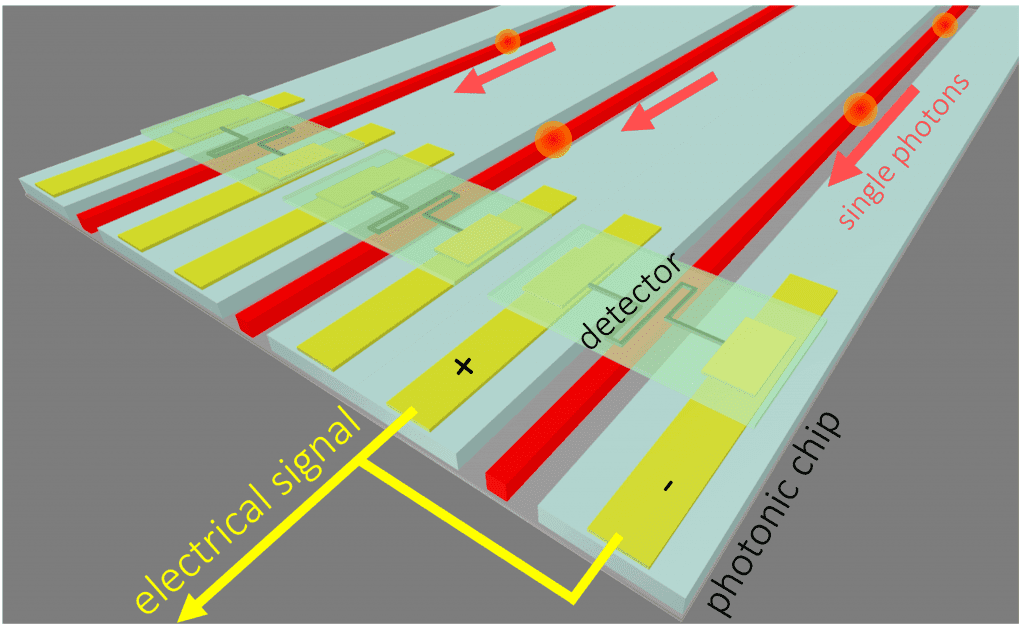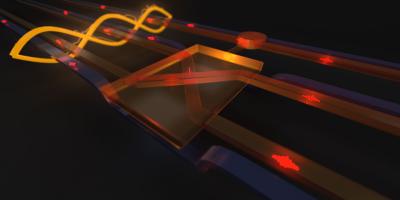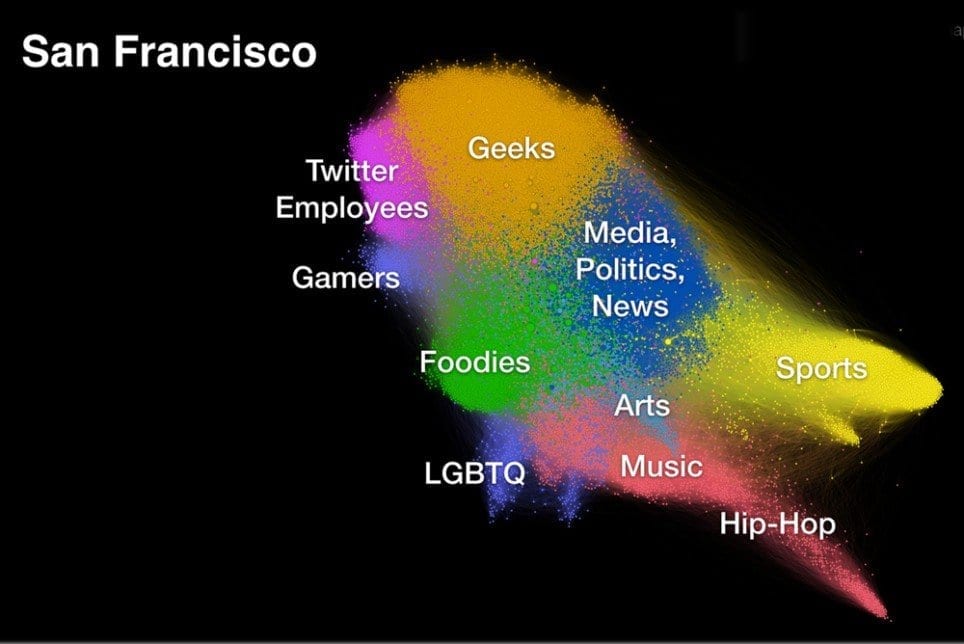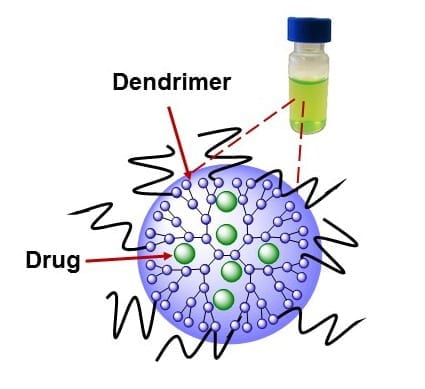
Credit: F. Najafi/ MIT
Packing single-photon detectors on an optical chip is a crucial step toward quantum-computational circuits
A team of researchers has built an array of light detectors sensitive enough to register the arrival of individual light particles, or photons, and mounted them on a silicon optical chip. Such arrays are crucial components of devices that use photons to perform quantum computations.
Single-photon detectors are notoriously temperamental: Of 100 deposited on a chip using standard manufacturing techniques, only a handful will generally work. In a paper appearing today in Nature Communications, the researchers at MIT and elsewhere describe a procedure for fabricating and testing the detectors separately and then transferring those that work to an optical chip built using standard manufacturing processes.
In addition to yielding much denser and larger arrays, the approach also increases the detectors’ sensitivity. In experiments, the researchers found that their detectors were up to 100 times more likely to accurately register the arrival of a single photon than those found in earlier arrays.
“You make both parts — the detectors and the photonic chip — through their best fabrication process, which is dedicated, and then bring them together,” explains Faraz Najafi, a graduate student in electrical engineering and computer science at MIT and first author on the new paper.
Thinking small
According to quantum mechanics, tiny physical particles are, counterintuitively, able to inhabit mutually exclusive states at the same time. A computational element made from such a particle — known as a quantum bit, or qubit — could thus represent zero and one simultaneously. If multiple qubits are “entangled,” meaning that their quantum states depend on each other, then a single quantum computation is, in some sense, like performing many computations in parallel.
With most particles, entanglement is difficult to maintain, but it’s relatively easy with photons. For that reason, optical systems are a promising approach to quantum computation. But any quantum computer — say, one whose qubits are laser-trapped ions or nitrogen atoms embedded in diamond — would still benefit from using entangled photons to move quantum information around.
Read more: Toward quantum chips
The Latest on: Quantum chips
[google_news title=”” keyword=”Quantum chips” num_posts=”10″ blurb_length=”0″ show_thumb=”left”]
via Google News
The Latest on: Quantum chips
- Japan to expand export curbs on chips, quantum technology - reporton April 26, 2024 at 3:54 am
Japan intends to expand restrictions on exports of four technologies related to semiconductors or quantum computing, Bloomberg News reported. The latest move, aimed at controlling the supply of ...
- China launches 504-qubit quantum chip, open to global userson April 26, 2024 at 3:47 am
The measurement and control system and the quantum computing chip are the core hardware of quantum computers, and the measurement and control system will greatly influence the overall performance ...
- Japan Tightens Export Controls on More Chip and Quantum Techon April 26, 2024 at 1:38 am
Japan said it plans to expand restrictions on exports of four technologies related to semiconductors or quantum computing, the latest in a global push to control the flow of strategic tech.
- China launches 504-qubit quantum chip, open to global userson April 25, 2024 at 7:47 pm
Liang said that the chip's key indicators, including the lifetime of its qubits, its gate fidelity and the depth of its quantum circuit, are expected to reach the chip performance levels of main ...
- China launches 504-qubit quantum chip, open to global userson April 25, 2024 at 5:00 pm
has delivered a 504-qubit superconducting quantum computing chip to QuantumCTek Co., Ltd., a leading quantum company based in east China's Anhui Province, setting a record for the number of qubits ...
- Micron update: Chip project vaults forward with $6.1 billion award and Biden visiton April 25, 2024 at 12:29 pm
Biden is expected to confirm that Micron will get $6.1 billion from the 2022 CHIPS Act, which Biden promoted as a way to bring semiconductor manufacturing back to America. Micron is the fourth big ...
- Demonstration of heralded three-photon entanglement on a photonic chipon April 25, 2024 at 3:30 am
Photonic quantum computers are computational tools that leverage quantum physics and utilize particles of light (i.e., photons) as units of information processing. These computers could eventually ...
- S. Korea to seek global leadership in AI chip, advanced bio, quantum technologies: gov'ton April 25, 2024 at 2:20 am
South Korea will launch an initiative to become one of three leading nations in the so-called game-changer industries that include artificial intelligence (AI) chip, advanced biology and quantum ...
- Chinese team makes quantum leap in chip design with new light sourceon April 20, 2024 at 2:00 pm
Researchers in China say the semiconductor gallium nitride offers remarkable potential in photonic quantum chips.
- Wall Street Favorites: 3 Quantum Computing Stocks with Strong Buy Ratings for April 2024on April 15, 2024 at 3:00 am
InvestorPlace - Stock Market News, Stock Advice & Trading Tips Quantum computing will bring about the next computing revolution that could ...
via Bing News











